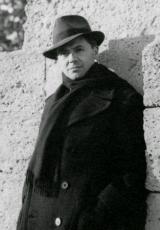The maquis

The expression prendre le maquis, meaning to join one of the armed guerrilla groups that took refuge in the French countryside, first appeared in late 1942. The development of the maquis is indissociable from the implementation of Compulsory Labour Service (STO), at the insistence of Fritz Sauckel, which was introduced by the law of 16 February 1943, replacing that of 4 September 1942, which had provided for the potential mobilisation of men aged 21 to 35. Prompting a strong reaction from the population, the promulgation of the STO and the call-ups and roundups that followed were quickly denounced by a flourishing underground press. On 1 March 1943, Libération had as its front-page headline ”French youth replies: Go to hell!” and called on its readers to: ”Sabotage the conscription of slaves for Hitler. [...] It amounts to the mass deportation of our youth.” Those who avoided the STO were often protected by friends or family willing to put them up. At least 10% of these ”STO dodgers”, possibly more, agreed to become maquisards, mostly out of patriotic instinct.
The Resistance soon saw how they could take on these conscientious objectors, who could swell their ranks. But they had to be provided with false papers, hiding-places, provisions and training. Therefore, in March 1943, the leaders of the Mouvements Unis de Résistance (MUR) asked for financial aid and material support from London, through the intermediary of Jean Moulin and Charles Delestraint, commander-in-chief of the Armée Secrète (AS). But for the British, the question of immediate action, and that included arming the maquis, was by no means a priority. As a result, the maquis would receive inadequate weapons drops until spring 1944.
With the development of the maquis, the armed Resistance grew in size as thousands of objectors joined their ranks. It also affirmed its legitimacy among the population. By the spring of 1944, it is likely that the maquisards numbered scarcely more than 50 000, mainly concentrated in hilly areas (Auvergne, Limousin, Ain and Jura, Morvan, Vercors, Oisans, the Southern Alps). Rather than high mountains, the maquis chose inhabited hilly areas, where their camps could be set up a good distance apart: sufficiently close to villages and hamlets to obtain provisions, yet sufficiently far away to preserve the necessary discretion and the possibility of escape.
Relatively few in number, and in any event poorly armed, the maquisards were nevertheless increasingly well trained, due to the arrival of officers and NCOs from the former Armistice Army. They prepared for the landings, which all hoped would be imminent. All over the country, ”civilian companies” and ”standby” groups were set up to provide reinforcements when the time came.
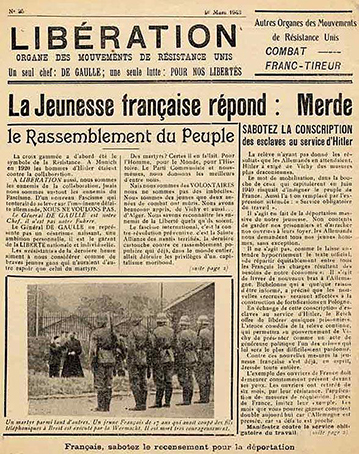
Une du numéro 25 du journal Libération daté du 1er mars 1943. Copyright collection particulière.
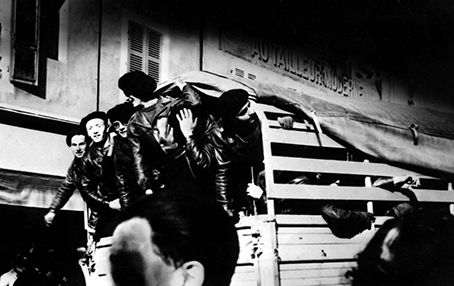
Membres des maquis de l'Ain venus défiler dans les rues d'Oyonnax et déposer des gerbes devant le monument aux morts, le 11 novembre 1943. Toutes les gerbes portaient la même inscription : les vainqueurs de demain à ceux de 14-18. Copyright collection particulière.
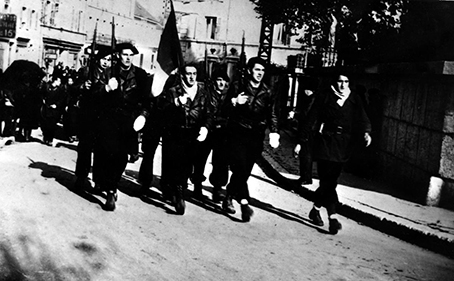
Défilés des membres des maquis de l?Ain dans les rues d?Oyonnax, le 11 novembre 1943. Copyright collection particulière.
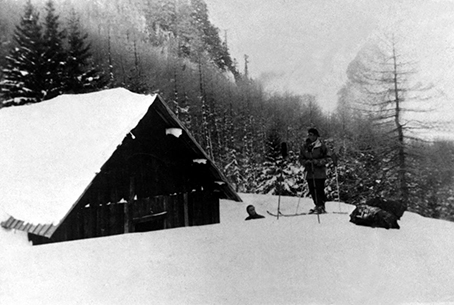
Maquis de la Drôme, chalet-relais, fort de Durbon. Copyright collection particulière.
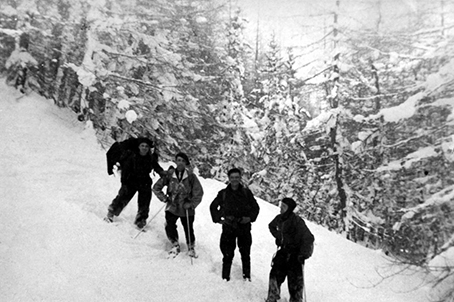
La vie au maquis. Photographie prise au cours d'une liaison Lus-La-Croix-Haute - Dévoluy (Drôme). Date inconnue. Copyright collection particulière.
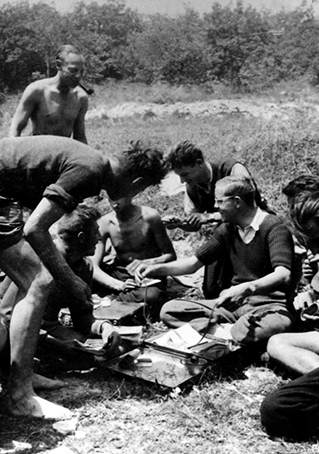
La vie au maquis (Drôme). Distribution des petites courses effectuées en ville par l'agent de liaison (assis au centre avec lunettes et pull-over). Date inconnue. Copyright collection particulière.
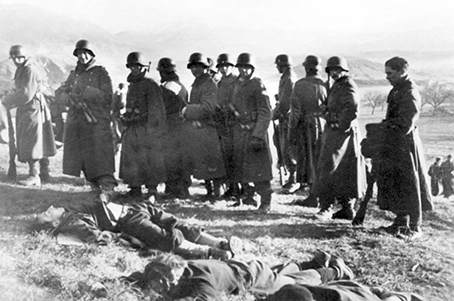
Maquisards abattus par les troupes allemandes au cours d'une opération contre le maquis de la Drôme. Date inconnue. Copyright collection particulière.
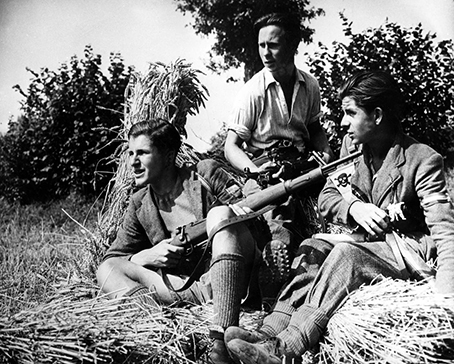
Jeunes maquisards des Forces françaises de l?intérieur (FFI) dans un champ de blé près de Rennes. Date inconnue. Copyright collection particulière.
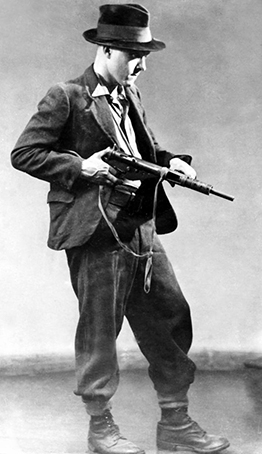
Auguste Le Guillon, alias Yves Peron, capitaine FTP du 2e bataillon Stalingrad au maquis de Spézet en Bretagne (Finistère). Il est armé d'un pistolet mitrailleur Sten. Date inconnue. Copyright collection particulière.


